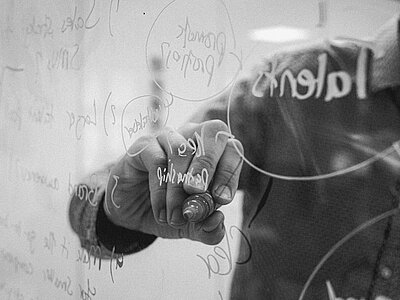You can’t innovate in chaos
You don’t get breakthrough thinking while you’re knee-deep in stockouts, buried in spreadsheets, or chasing down a lost shipment.
Operational excellence clears the noise.
It’s what happens when your backend runs like it should — with visibility, structure, and rhythm.
It gives your team the one thing innovation can’t survive without:
Headspace.
Because when the basics are solid, your team isn’t just reacting.
They’re thinking ahead.
And that’s where the magic happens — not in chaos, but in clarity.
Innovation runs on rhythm — and rhythm runs on structure
The world loves to glamorise disruption.
But behind every truly innovative company is something boring:
- Shared definitions of success
- Aligned teams, not competing priorities
- One version of the data
- Systems that adapt without breaking
When your backend is aligned, ideas don’t get stuck.
They flow.
They move faster.
They land.
Momentum is what turns potential into performance.
Operational excellence is what builds it.
A culture of improvement leads to a habit of innovation
Operational excellence isn’t just about fixing problems.
It’s about building a mindset of constant improvement — one where teams don’t wait to be told what to optimise. They look for it. They flag it. They act on it.
Over time, that mindset becomes culture.
And culture is what makes innovation stick.
Because when improvement is already part of how your team works, big change doesn’t feel like a threat.
It feels like the next step.
This isn’t about perfection. It’s about enablement.
You don’t need perfect systems to innovate.
You need systems that don’t get in the way.
Operational excellence isn’t just about efficiency. It’s about capacity.
It gives your business the breathing room to think bigger — and the structure to make big thinking real.
So if your company is serious about innovation, don’t start with the whiteboard.
Start with the backend.
Because great ideas don’t die from a lack of creativity.
They die from systems that can’t carry them forward.


